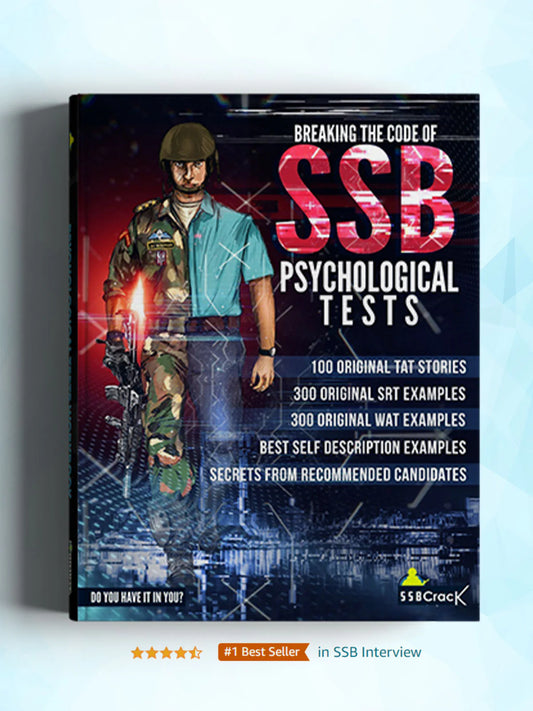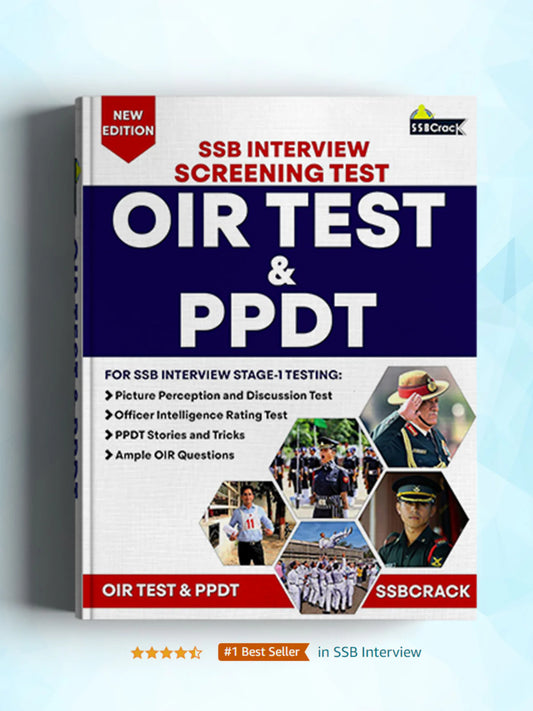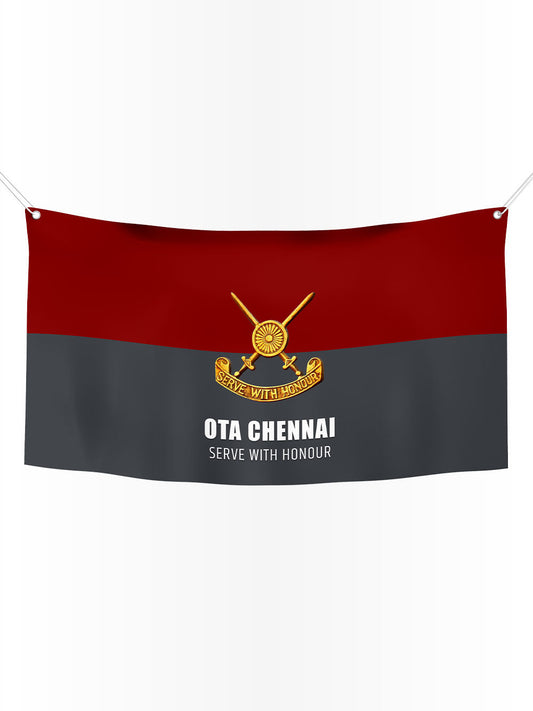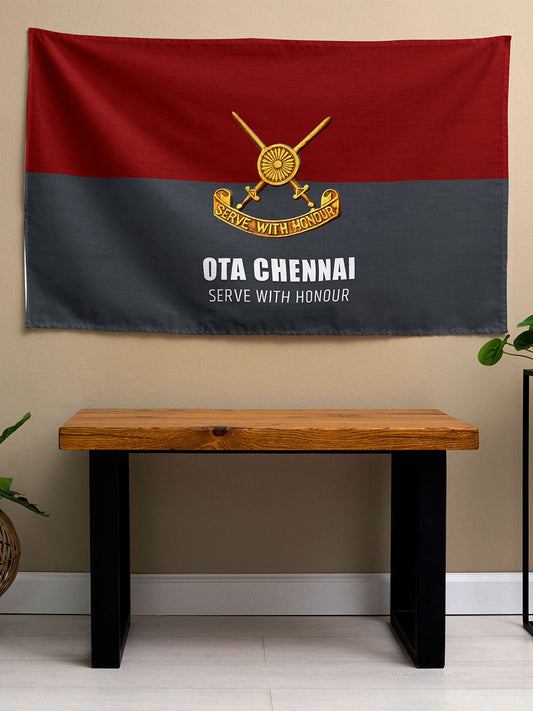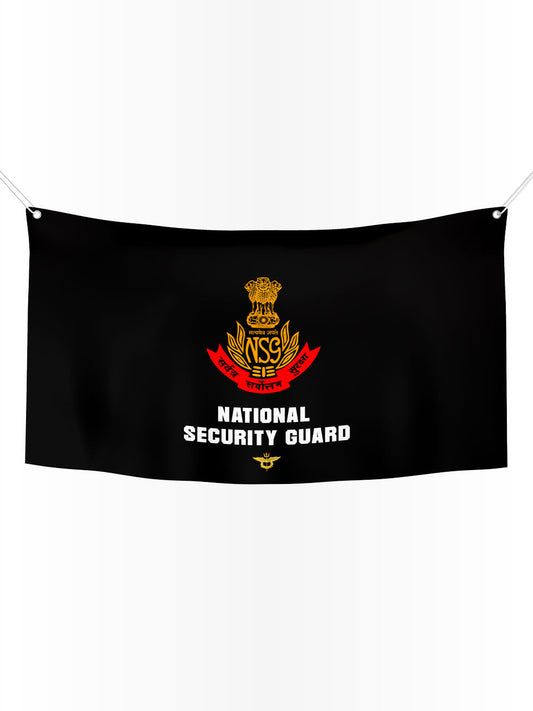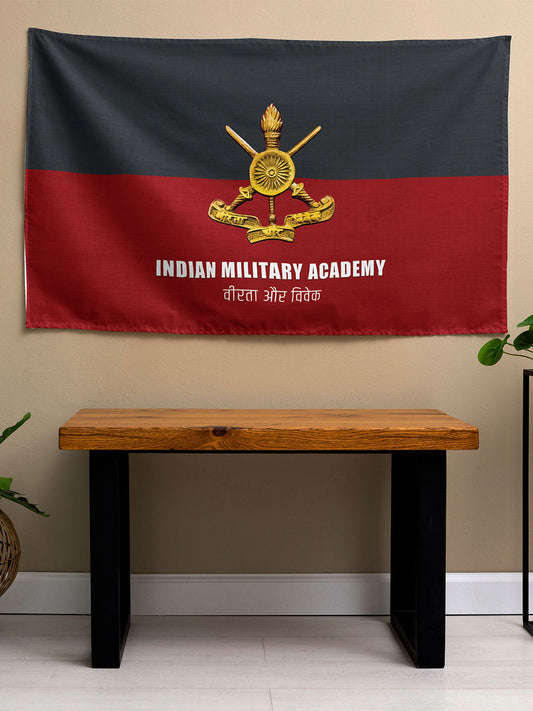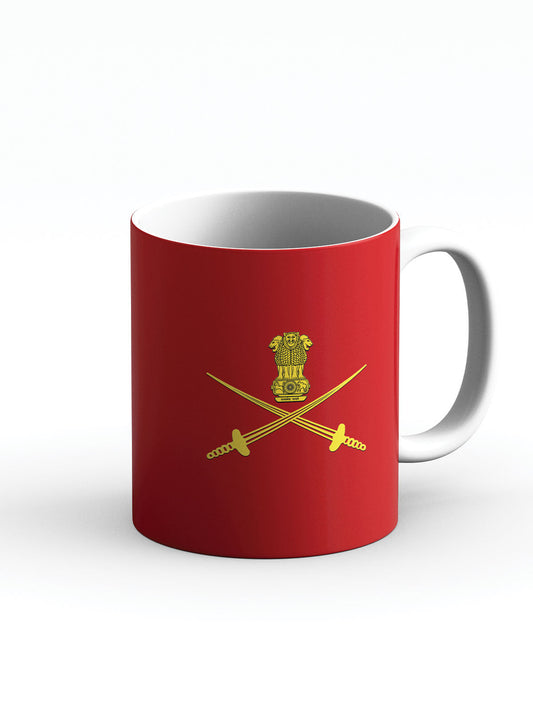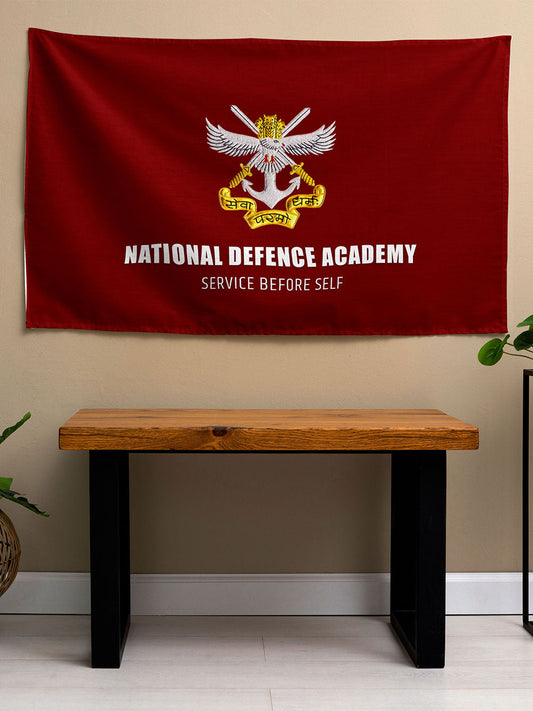NDA Vs CDS: Difference Between NDA Exam and CDS Exam

In India, the pathway to serving in the military services is paved through various competitive examinations aimed at selecting the most suitable candidates. Among these, the National Defence Academy (NDA) and the Combined Defence Services (CDS) exams stand out as two of the most sought-after routes for aspiring officers.
This article delves deep into the nuances separating the NDA and CDS exams, exploring their eligibility criteria, exam patterns, training methodologies, career trajectories, and more. Understanding these distinctions is crucial for candidates to strategically shape their futures in the Indian Armed Forces.
Indian Military Academy IMA Coffee Mug
Rs. 699.00
Sale price
Rs. 499.00
NDA Service Before Self Coffee Mug
Rs. 699.00
Sale price
Rs. 499.00
Officers Training Academy OTA Chennai Coffee Mug
Rs. 699.00
Sale price
Rs. 499.00
Indian Naval Academy INA Ezhimala Coffee Mug
Rs. 699.00
Sale price
Rs. 499.00
Historical Context of NDA and CDS
The NDA and CDS examinations have their roots in India's commitment to building a robust defence framework post-independence. Established in 1954, the NDA became a pioneering institution for nurturing leadership and military proficiency among cadets. It was the first tri-service academy in the world, bringing together aspiring officers from the Army, Navy, and Air Force under one roof.
Conversely, the CDS exam was introduced in 1888 by the British to reinforce the need for professional military education and command. Post-independence, this exam evolved to ensure a steady influx of trained officers into the Indian Armed Forces, facilitating the growth of the diverse operational wings of the military.
Eligibility Criteria: NDA vs. CDS
Educational Qualification
- NDA: To be eligible for the NDA exam, candidates must have completed Class 12 or be appearing for their board exams. Specifically for entry into the Air Force and Naval wings, it is mandatory for students to have studied Physics, Chemistry, and Mathematics at the 10+2 level.
- CDS: The eligibility criteria for the CDS exam mandate that candidates should hold a graduation degree from a recognized university. Additionally, specific branches have their own educational requisites; for instance, candidates wishing to join the Indian Naval Academy must possess either an engineering degree or a degree in Mathematics and Physics, while those opting for the Air Force Academy must either be graduates with the same subjects or hold an engineering degree.
Age Limit
- NDA: The age limit set for NDA candidates is quite restrictive, falling between 16.5 to 19.5 years. This relatively younger age cap emphasizes early entry into military service, allowing candidates to start their careers as officers at a formative time in their lives.
- CDS: In contrast, the CDS exam welcomes a slightly older candidate pool, with age limits ranging from 19 to 25 years. Specific age exemptions exist based on the chosen academy: 19-24 years for the Indian Military Academy (IMA), 19-22 years for the Indian Naval Academy (INA), 19-23 years for the Air Force Academy (AFA), and up to 25 years for the Officers' Training Academy (OTA).
Gender Distribution
Both the NDA and CDS exams are now inclusive and open to both male and female candidates. The understanding of gender roles in the military has evolved, making the path to an officer's life more accessible for women, particularly through the CDS.
SSB Interview Books Power Pack: 4 Must Read Books for Defence Aspirants
Rs. 1,760.00
Sale price
Rs. 1,399.00
Let's Crack SSB Interview Book [Paperback]
Rs. 390.00
Sale price
Rs. 360.00
Breaking The Code of SSB Psychological Tests Book - SSB Interview (TAT/WAT/SRT/SD)
Rs. 390.00
Sale price
Rs. 360.00
OIR Test & PPDT Book - SSB Interview Screening Test - Stage 1 Testing
Rs. 490.00
Sale price
Rs. 375.00
Exam Pattern: Understanding the Framework
NDA Exam Pattern
The NDA exam is structured into two papers:
- Mathematics: This paper carries 300 marks, focusing on algebra, matrices, statistics, trigonometry, and geometry. The duration for this paper is 2.5 hours.
- General Ability Test (GAT): With a maximum of 600 marks, the GAT encompasses subjects including English, General Knowledge, Physics, Chemistry, and Current Affairs. This paper also has a duration of 2.5 hours.
A key aspect of the NDA exam pattern is its negative marking system; 1.33 marks are deducted for incorrect answers in the GAT, whereas 0.83 marks are subtracted for wrong answers in Mathematics.
CDS Exam Pattern
The CDS exam follows a slightly different structure:
-
Candidates aiming for IMA, INA, and AFA take three papers:
- English (100 marks)
- General Knowledge (100 marks)
- Elementary Mathematics (100 marks)
- For candidates targeting the OTA, only the English and General Knowledge papers are required.
The CDS exam features a negative marking approach where 0.33 marks are deducted for each wrong answer, emphasizing the strategic importance of careful answering.
Training and Service After Selection
NDA Training
Upon clearing the NDA exam, candidates undergo a comprehensive training program at the National Defence Academy located in Khadakwasla, Pune. This training lasts for three years, during which cadets partake in military training, academics, and physical fitness regimens. Following their time at NDA, they proceed to their respective service academies (Indian Military Academy, Indian Naval Academy, or Air Force Academy) for an additional one year of specialized training.
CDS Training
In contrast, successful CDS candidates are sent directly for training at their respective service academies, with training duration varying as follows:
- IMA: 12 to 18 months
- INA: Approximately 18 months
- AFA: Generally 18 months
This variance illustrates the length and complexity of naval and air force training compared to that of the army.
9 Para SF Special Forces Wall Flag
Rs. 999.00
Sale price
Rs. 699.00
OTA Chennai Wall Flag
Rs. 999.00
Sale price
Rs. 699.00
National Security Guard NSG Wall Flag
Rs. 999.00
Sale price
Rs. 699.00
Indian Military Academy IMA Wall Flag
Rs. 999.00
Sale price
Rs. 699.00
Career Progression and Initial Ranks
Despite differences in entry age and training duration, both NDA and CDS candidates are commissioned as Lieutenant, Flying Officer or Sub Lieutenant upon completing their respective training cycles.
Promotion Trajectories
While initial ranks are similar, the career progression can be slightly different. NDA officers, entering at a younger age, often find themselves climbing the ranks more quickly than their CDS counterparts. Nevertheless, promotion policies remain equitable for all officers regardless of their entry path into the armed forces.
Stipend and Academic Awards During Training
Stipend
Both NDA and CDS candidates receive a stipend during their training sessions, which is set at ₹56,100 per month. This stipend serves as both a financial support system and an incentive for young candidates dedicating themselves to a future in the armed forces.
Degrees and Diplomas
- NDA graduates are awarded degrees such as BSc, BA, or BTech after their training, ensuring they have recognized qualifications alongside military discipline.
- In contrast, CDS graduates receive postgraduate diplomas in Defence Management and Strategic Studies, reflecting a focus on strategic acumen in addition to military training.
Selection Process: A Common Path
Both the NDA and CDS selection processes encompass several stages:
- Written Examination: Candidates first undertake a rigorous written test evaluated on the knowledge acquired through the respective exam patterns.
- Service Selection Board (SSB) Interview: This multi-day assessment gauging personality, leadership, and psychological attributes is critical for final selection.
- Medical Examination: Candidates must also pass medical tests to ensure they meet the physical fitness standards required for service.
Comparative Analysis: NDA vs. CDS in Perspective
| Aspect | NDA | CDS |
| Eligibility | Candidates with 10+2 education | Candidates with a graduation degree from a recognized university |
| Age Limit | 16.5 to 19.5 years | 19 to 25 years with variations per Academy |
| Exam Pattern | Mathematics and General Ability Test (GAT) | English, General Knowledge, and Elementary Mathematics |
| Training Duration | 3 years at NDA + 1 year at respective service academies | 12-18 months at respective service academies |
| Starting Rank | Lieutenant/Flying Officer | Lieutenant/Flying Officer |
| Stipend | No stipend at NDA | ₹56,100 per month at IMA, INA, AFA |
| Career Progression | Typically faster due to earlier entry age | Uniform promotion policies with slower initial progression |
Challenges Faced by Aspirants
Candidates aiming for an officer role in the Indian Armed Forces face several challenges which include:
- Intense Competition: The NDA and CDS exams attract thousands of aspirants, leading to fierce competition.
- Preparation Demands: Candidates must exhibit not just academic knowledge but also physical endurance, psychological stability, and leadership skills. Tailored preparation strategies, available with resources like SSBCrack and SSBCrackExams, become indispensable.
- Balancing Academics and Training: Candidates who pursue the NDA or CDS paths must balance their academic pursuits with rigorous physical training and exam preparation.
Future Trends and Predictions
The landscape for military recruitment in India is evolving significantly. Given the technological advancements in warfare, there is an increasing emphasis on digital literacy, data analysis, and cyber security awareness within military training programs.
Additionally, greater gender inclusivity within both the NDA and CDS is projected to shape the future of military leadership, paving the way for diverse perspectives to address complex challenges in defence.
Conclusion: Making an Informed Decision
Understanding the NDA and CDS exams' differences and similarities is crucial for aspirants looking to join the Indian Armed Forces. Depending on their educational backgrounds and career aspirations, candidates can make informed choices about which path aligns best with their goals.
Whether one chooses the NDA for early entry into military life or the CDS for a graduate-level pursuit, the ultimate objective remains the same: to serve the nation with integrity, valor, and honor. Candidates are encouraged to utilize resources provided by SSBCrack and SSBCrackExams to enhance their preparation and tailor their approach correctly. Like the officers they aspire to become, may they forge ahead with the courage and dedication that the Indian Armed Forces epitomize.
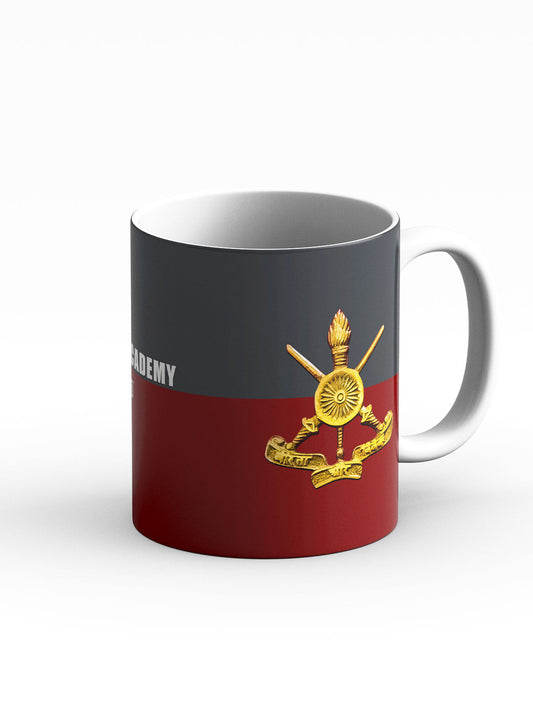
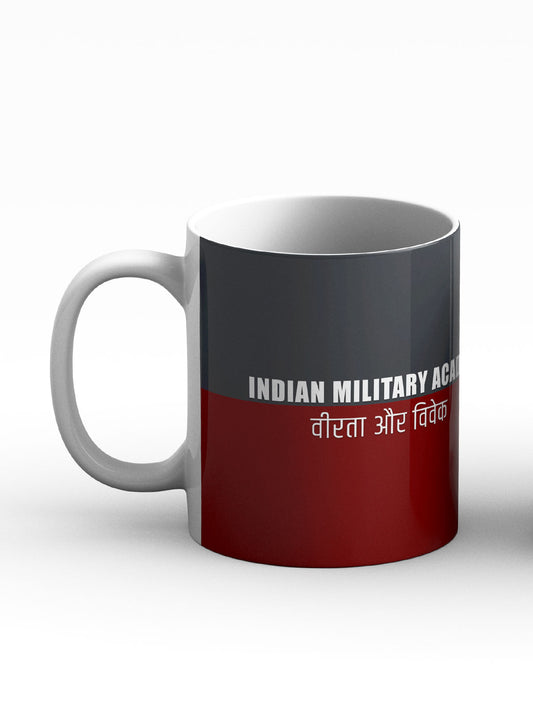
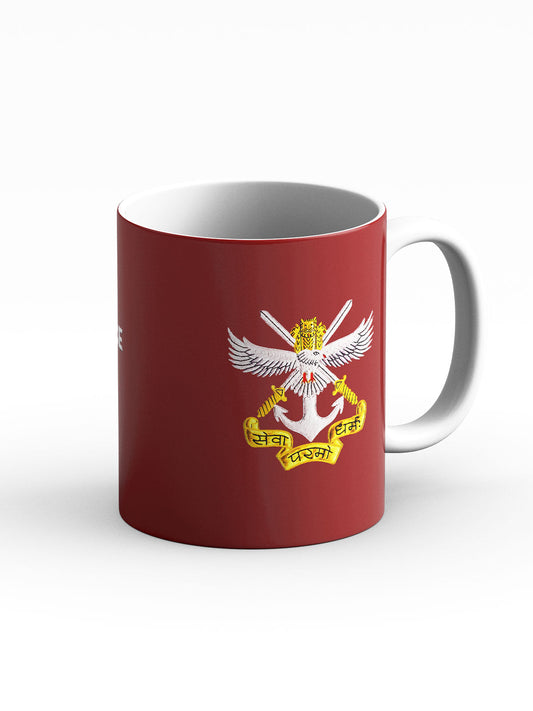
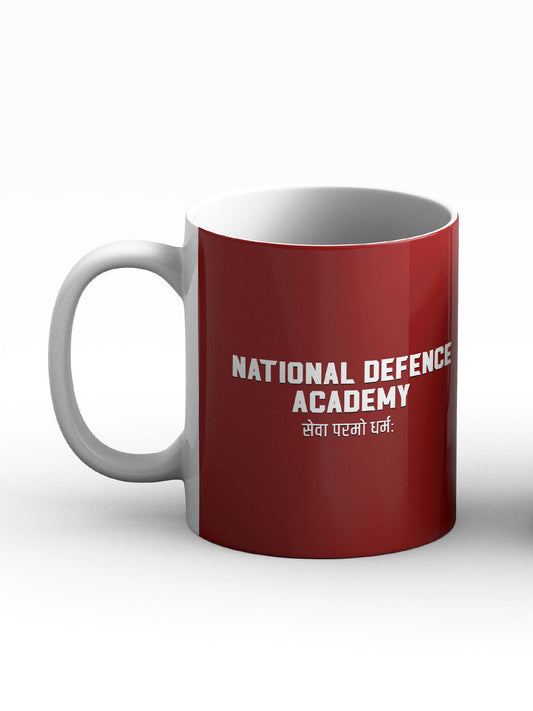
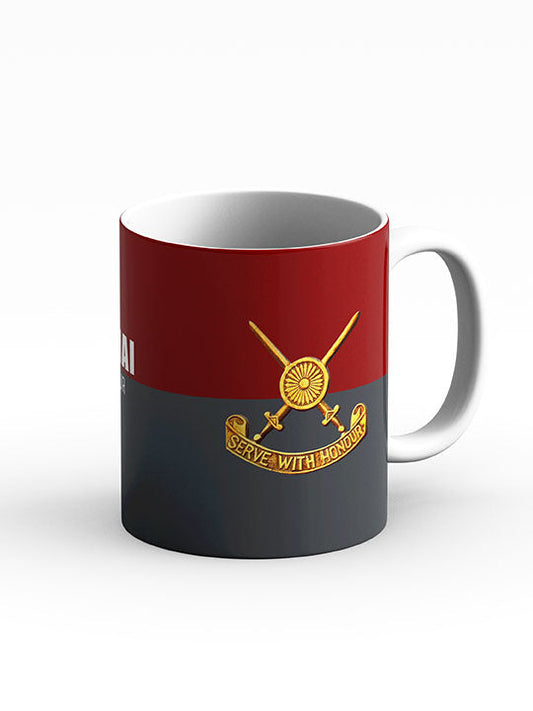
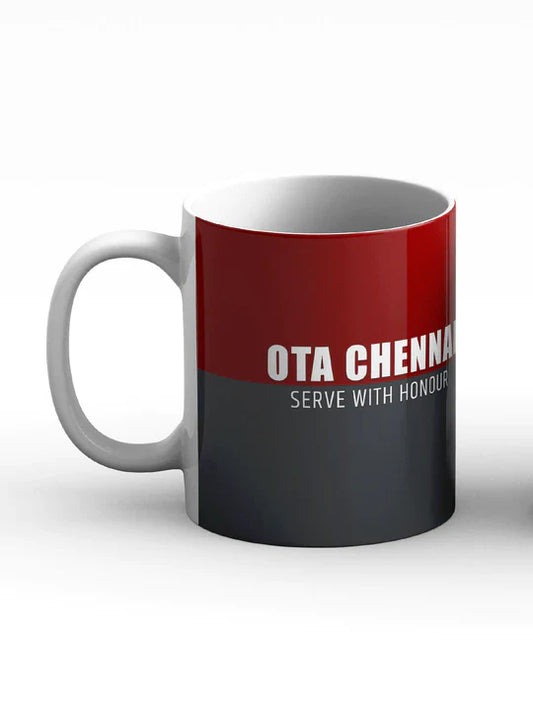
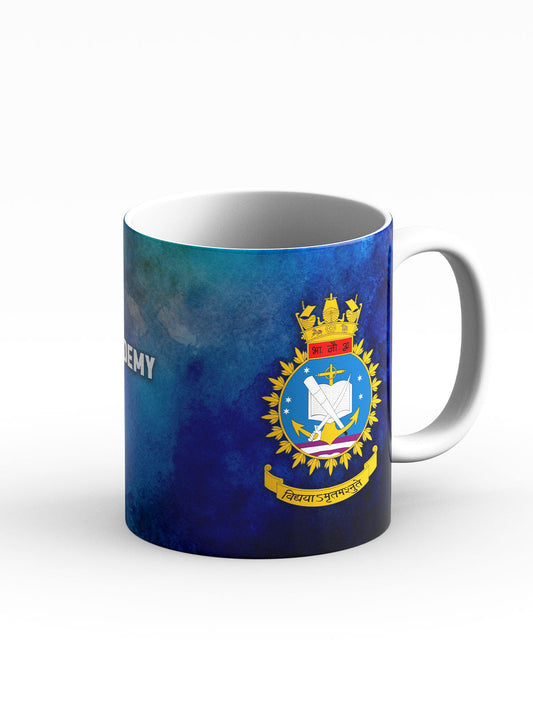
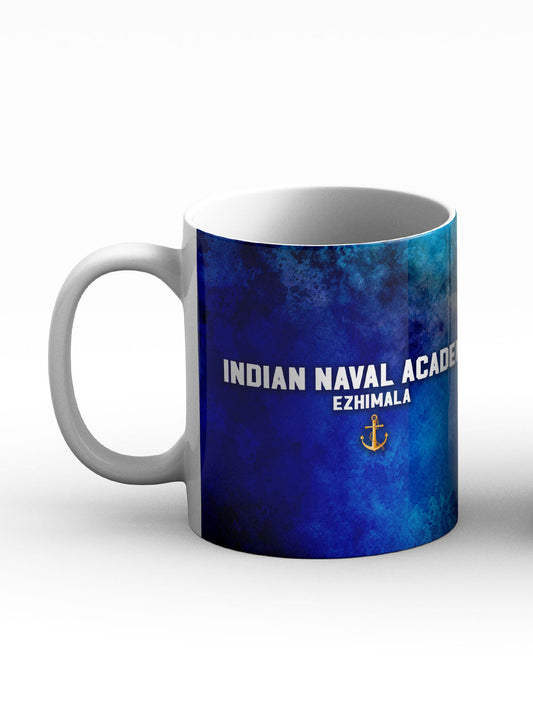
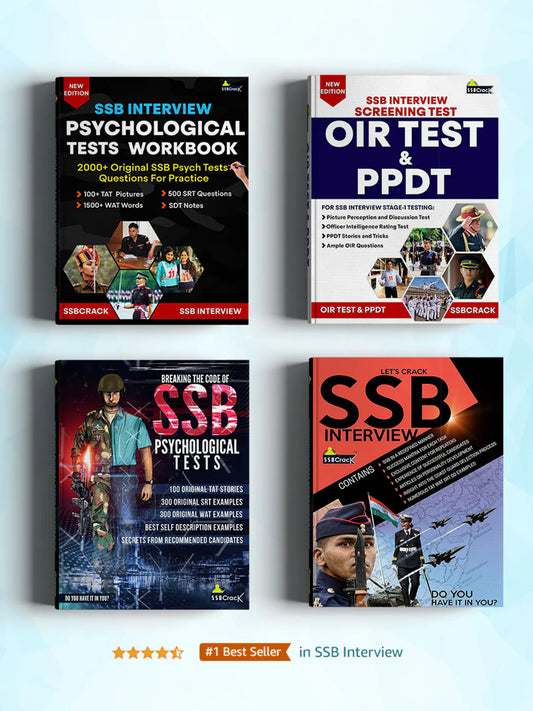
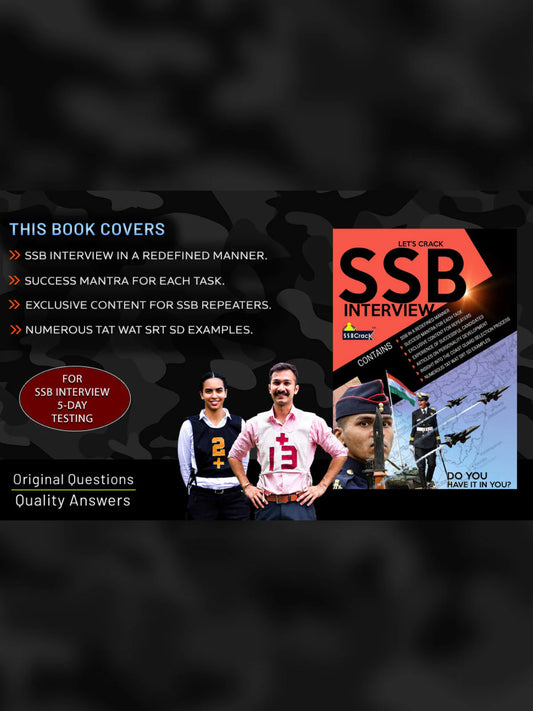
![Let's Crack SSB Interview Book [Paperback]](http://shop.ssbcrack.com/cdn/shop/files/ssb-books.webp?v=1736351621&width=533)

